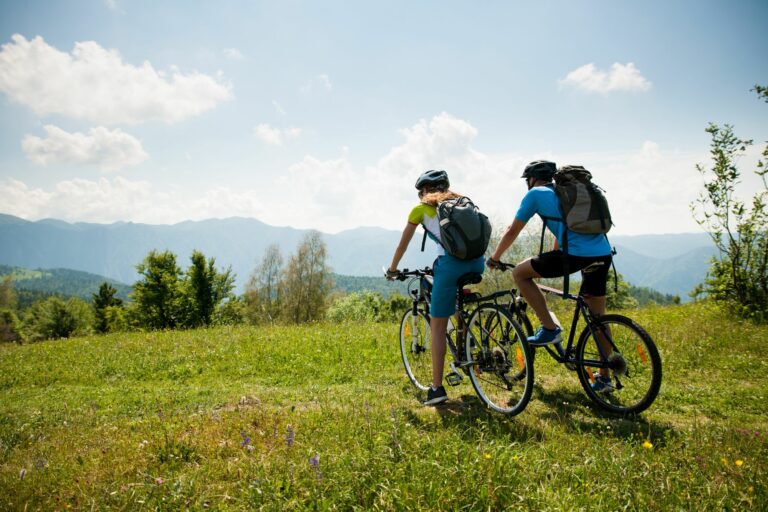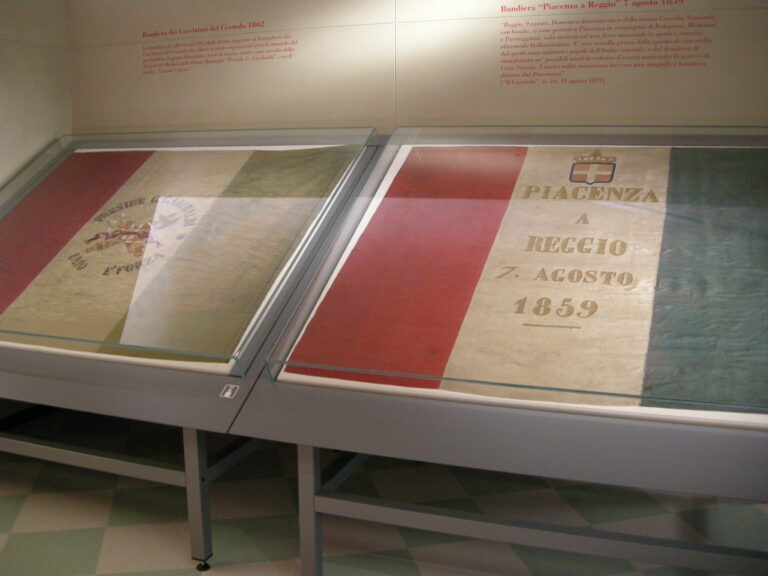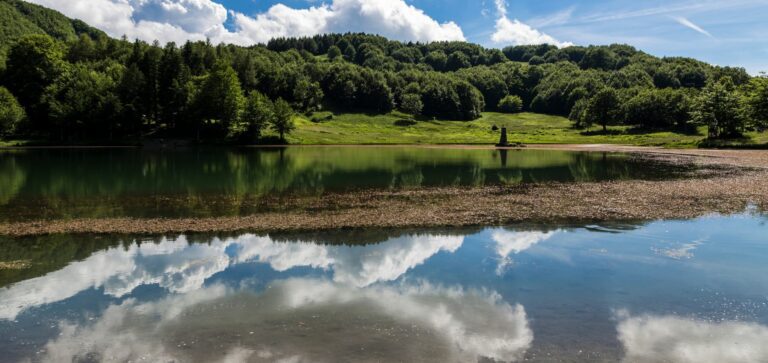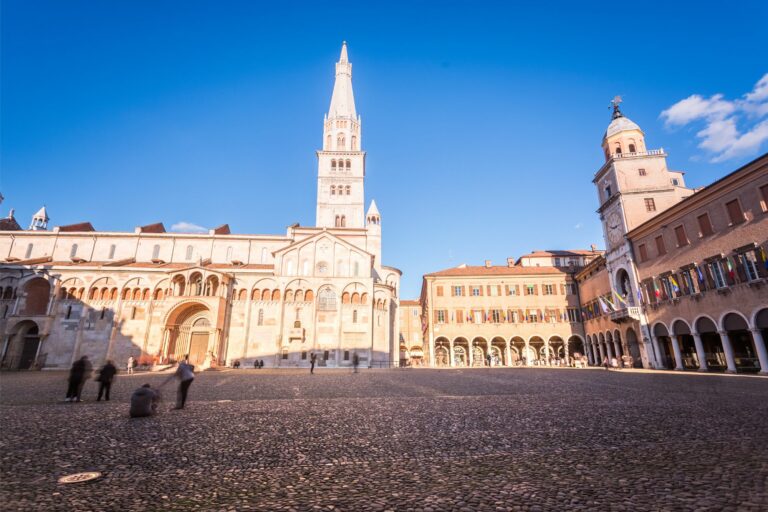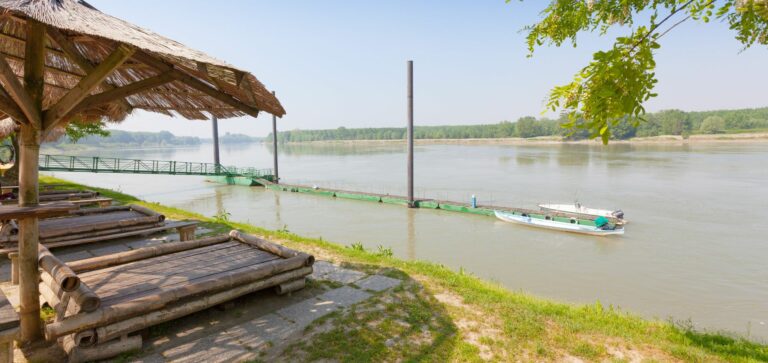What to see in Parma? Here is an itinerary that will lead you to discover places and buildings linked to the period of splendor experienced during the dominion of the Farnese, followed by the total renewal brought by Maria Luigia of Austria, Napoleon’s wife, who ruled the fate of the city until her death .
The first stop on the itinerary is the enchanting Parco Ducale. Located in the heart of the historic center, of which it occupies almost a quarter, it is just over 40 kilometers from our farmhouse. Familiarly called “the garden”, it is a place that the people of Parma are deeply fond of and which, although it has experienced ups and downs throughout its long history, has always occupied a special place in their hearts. It was commissioned by Duke Ottavio Farnese, who in the mid-16th century commissioned the architect Jacopo Barozzi to design its layout. It features centuries-old trees which in their placement create an elaborate green architecture. Inside there are: the Palazzo Ducale, built in 1564 and remodeled in the 18th century, which boasts in particular two splendid rooms frescoed by the painters Cignani and Trotti; and the Palazzetto Eucherio Sanvitale, built on Renaissance forms in 1520 by Giorgio da Erba.
The second stop is the Pilotta, as the Parma locals call it. Majestic palace symbol of the ducal power of the Farnese, historical and civil center of the city of Parma, is today an extraordinary monumental complex made up of several buildings. Built at the behest of Duke Ottavio Farnese between the 16th and 17th centuries, its name derives from the game of pelota which was played in one of its courtyards on special occasions of representation. The palace is home to the Palatine Library, the Archaeological Museum, the Bodoni Museum, the National Gallery but above all the Farnese Theatre. Built by Ranuccio I, fourth Duke of Parma and Piacenza (1593 -1622), the theater is a spectacular environment that still today preserves the memory of the sumptuous court life of the Farnese Dukes.
The next stop is the nearby Teatro Regio, considered one of the most important traditional theaters in Italy. Commissioned by Duchess Maria Luigia of Habsburg-Lorraine, it was built between 1821 and 1829 based on a design by the court architect Nicola Bettoli. The refinement of the stuccos, the harmony of the proportions, the perfect acoustics, the prestigious history and the greatness of the artists who graced its scenes make the Teatro Regio di Parma one of the most prestigious and well-known opera houses in the world.
Finally, the last stop on the itinerary is the Royal Palace of Colorno, also known as the small Versailles of the Bassa. It was built around the middle of the 14th century but only at the beginning of the 17th century did it take on the regal appearance that can still be admired today, when it passed into the hands of Ranuccio Farnese and his wife Margherita Violante of Savoy. Subsequently, in the first twenty years of the 19th century, Maria Luigia of Austria left an indelible mark of her taste on the ducal apartments and the large garden, making it one of the most prestigious Italian residences. It includes over 400 rooms, courtyards and courtyards, including the apartments of the Duke and Duchess, the Great Hall and the neoclassical Chapel of San Liborio, with paintings by famous artists and one of the most valuable ancient organs existing today. The palace often hosts concerts, temporary exhibitions and cultural events.
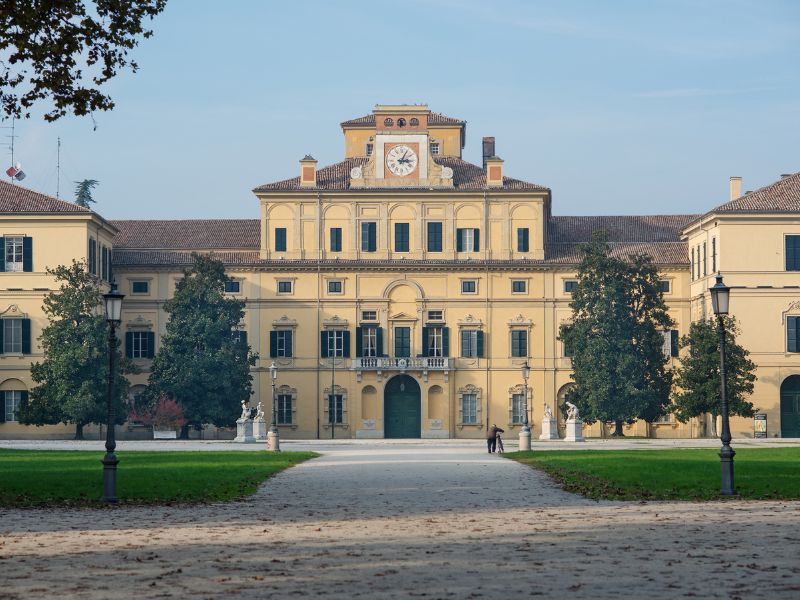
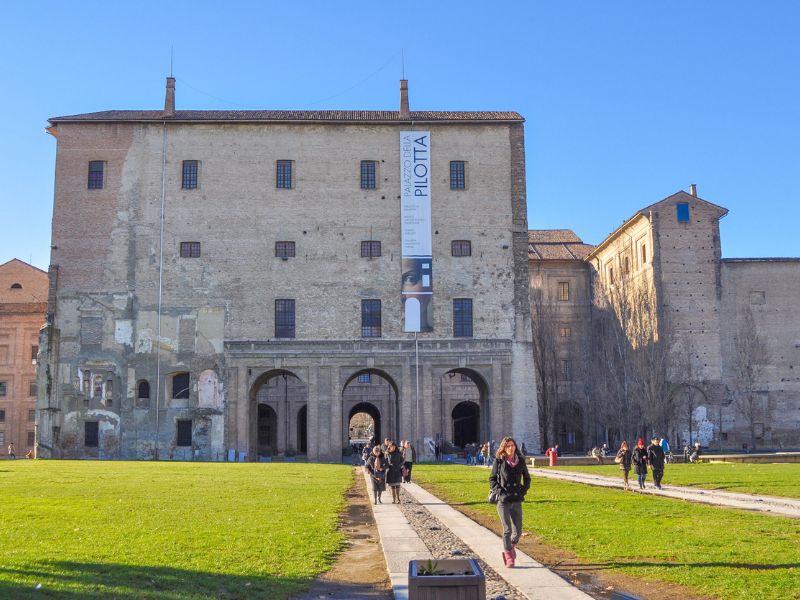
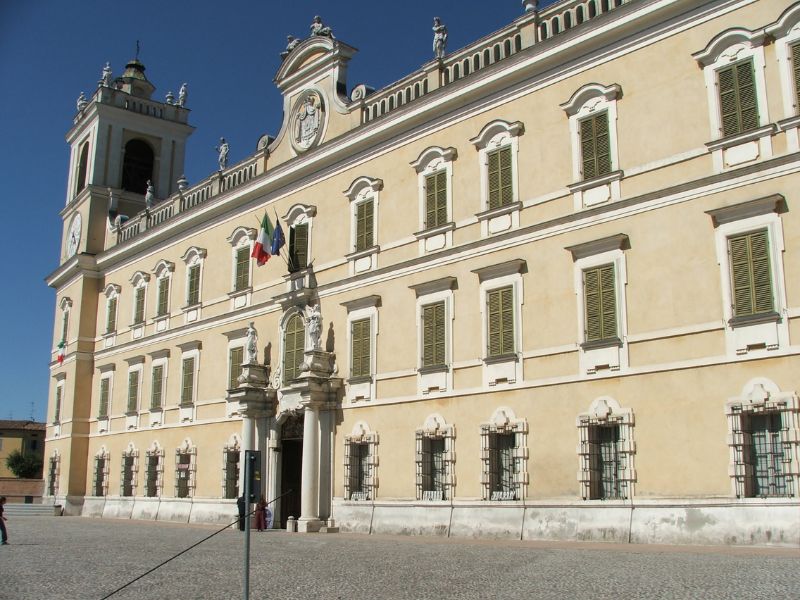
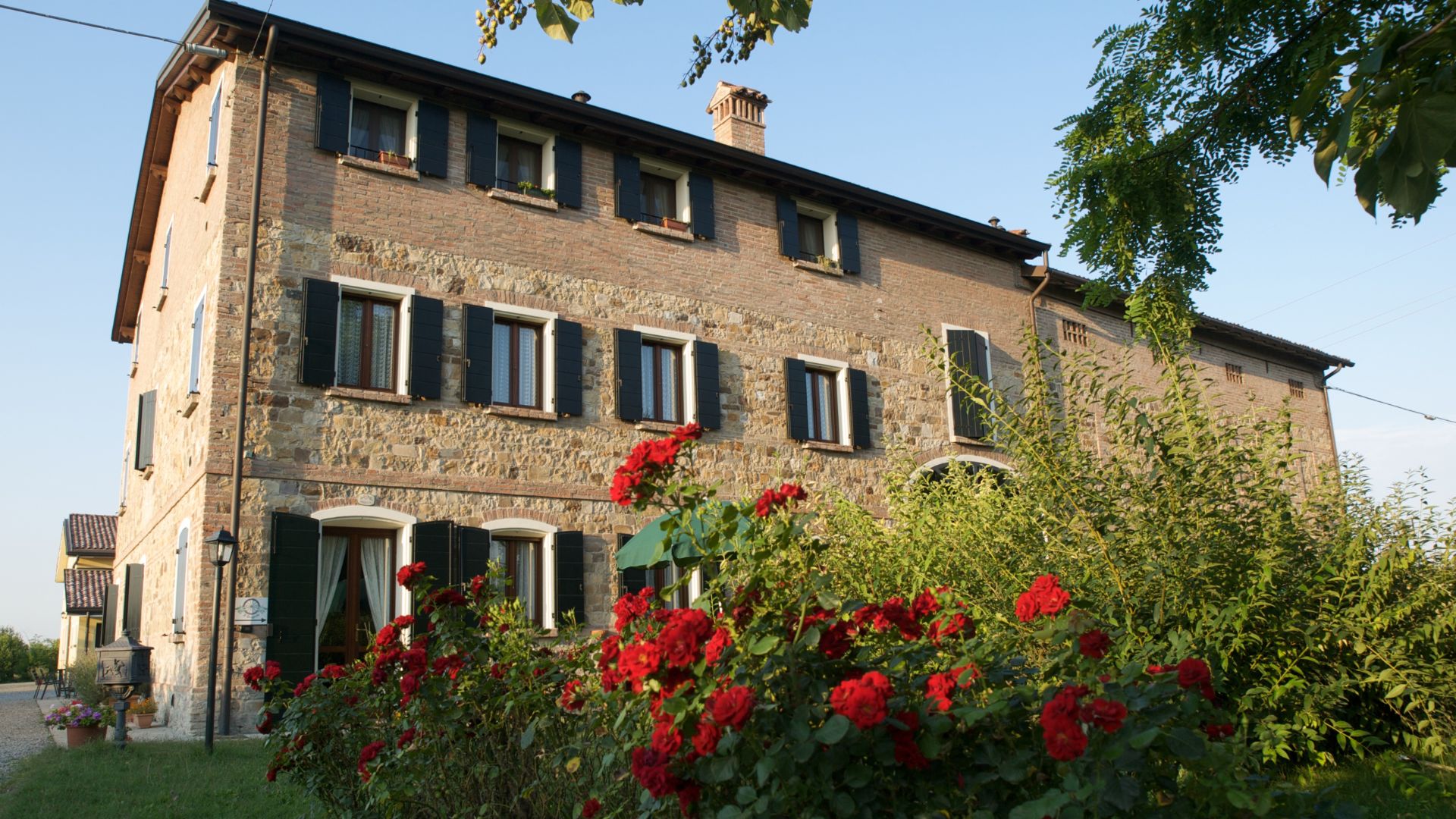
AGRITURISMO IL BRUGNOLO
Welcome to il Brugnolo
If you’re looking for completely independent apartments surrounded by greenery you really are in the right place here!
In fact, Brugnolo is immersed in the green nature of the Emilian countryside. For your relaxation, for that of your children, and again for the runs of your 4-legged friends, you will have 6000 square meters of park at your disposal!


